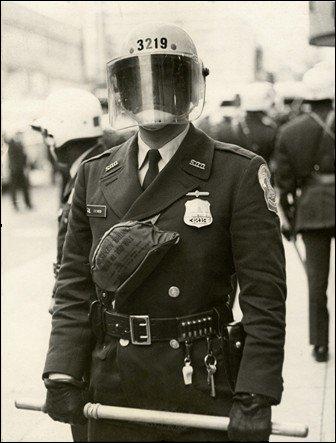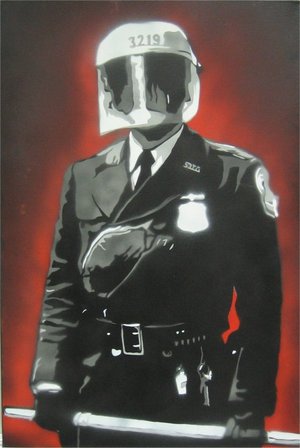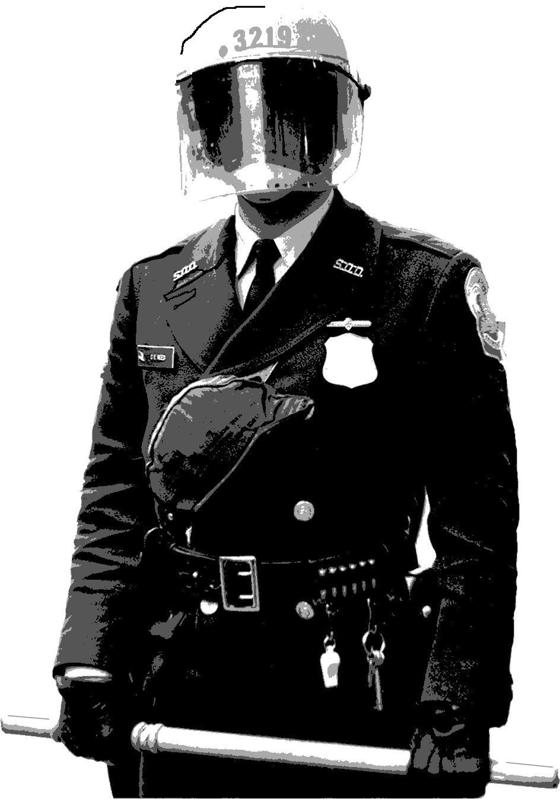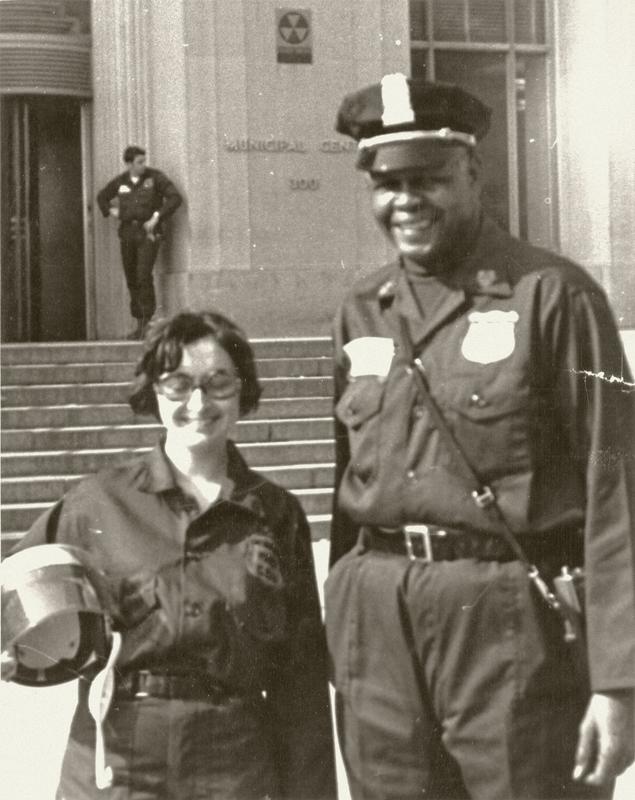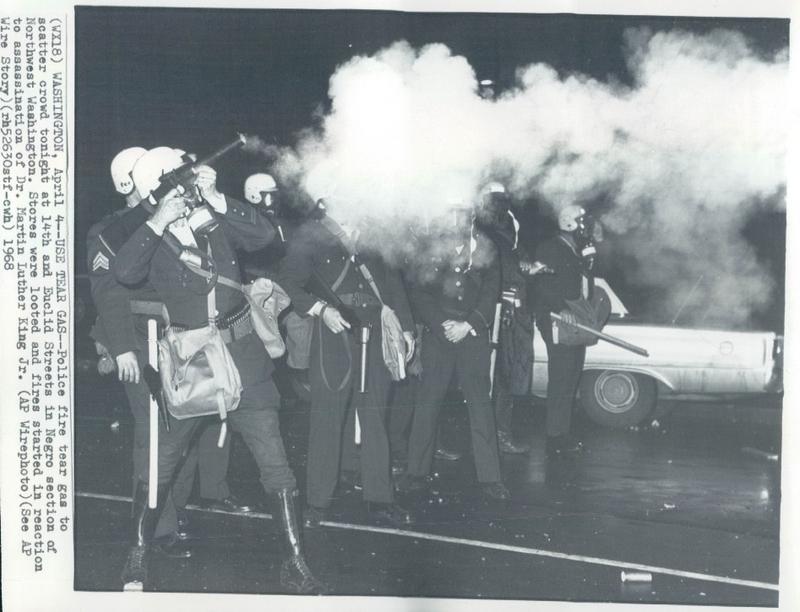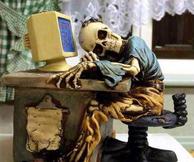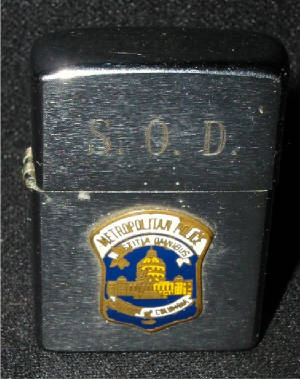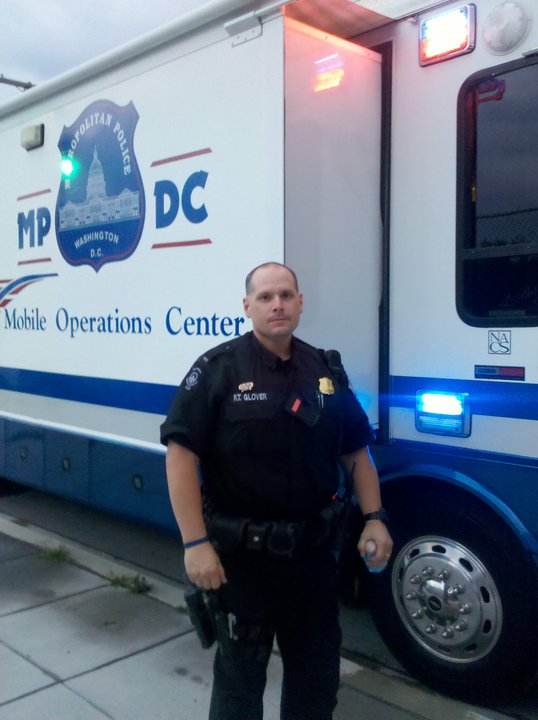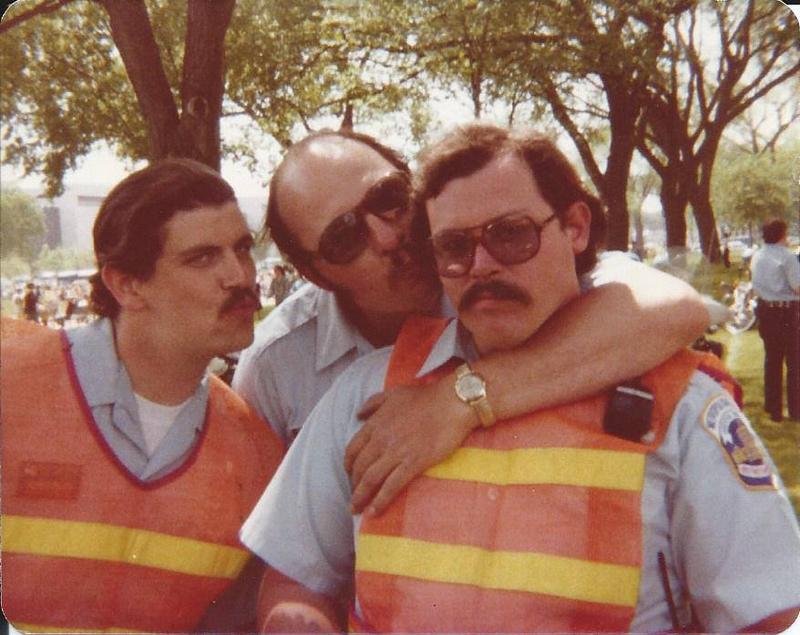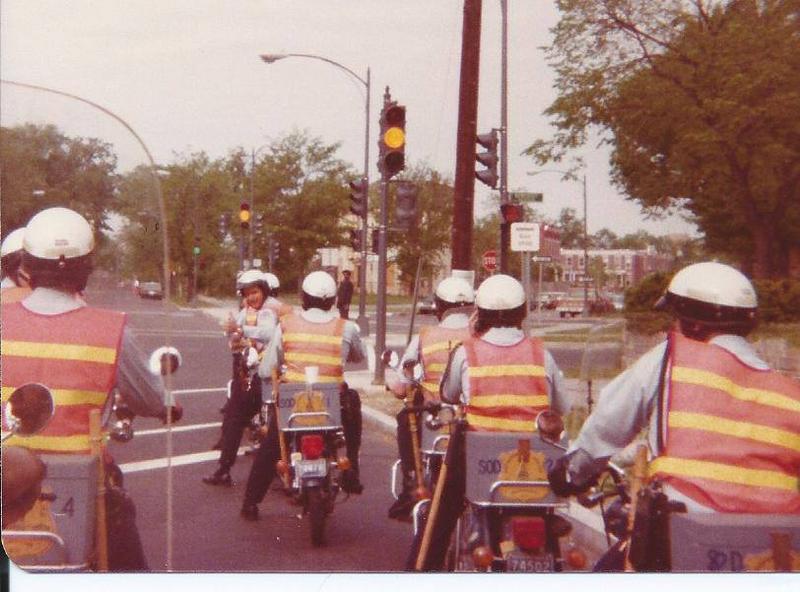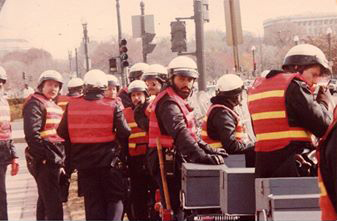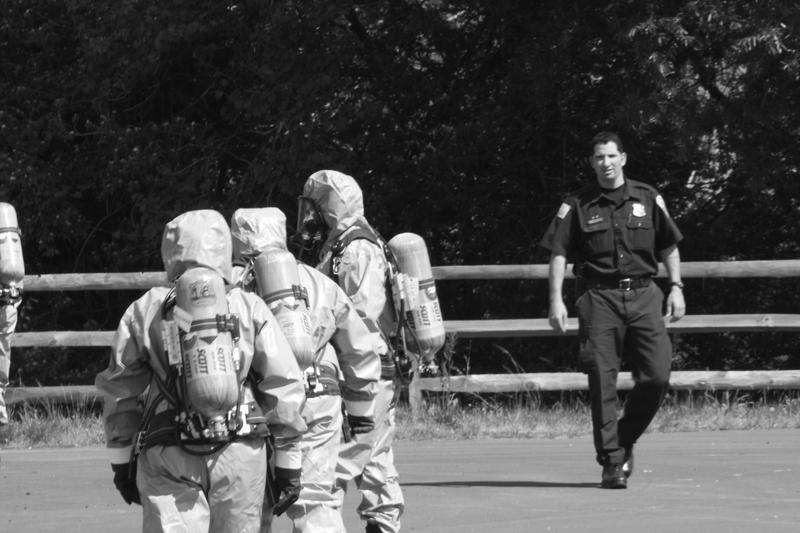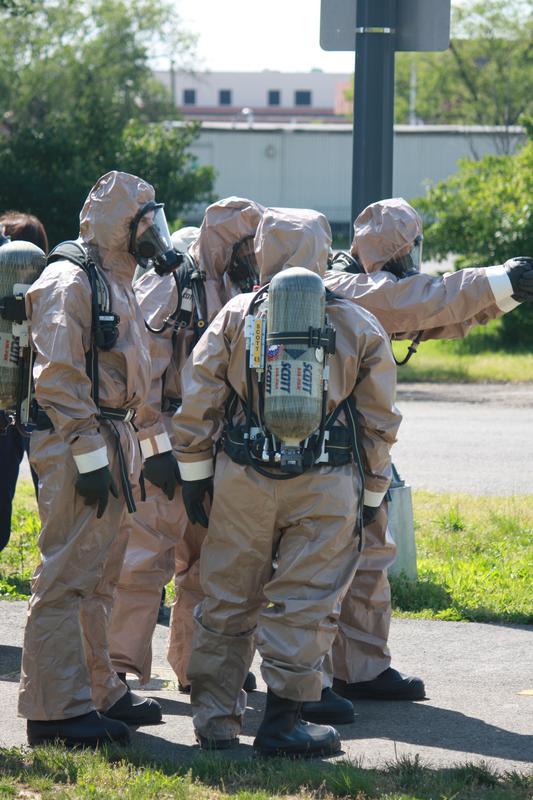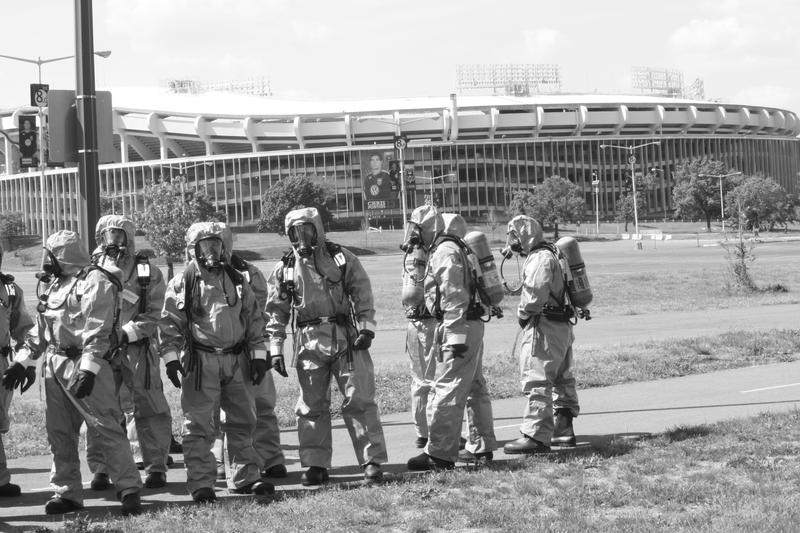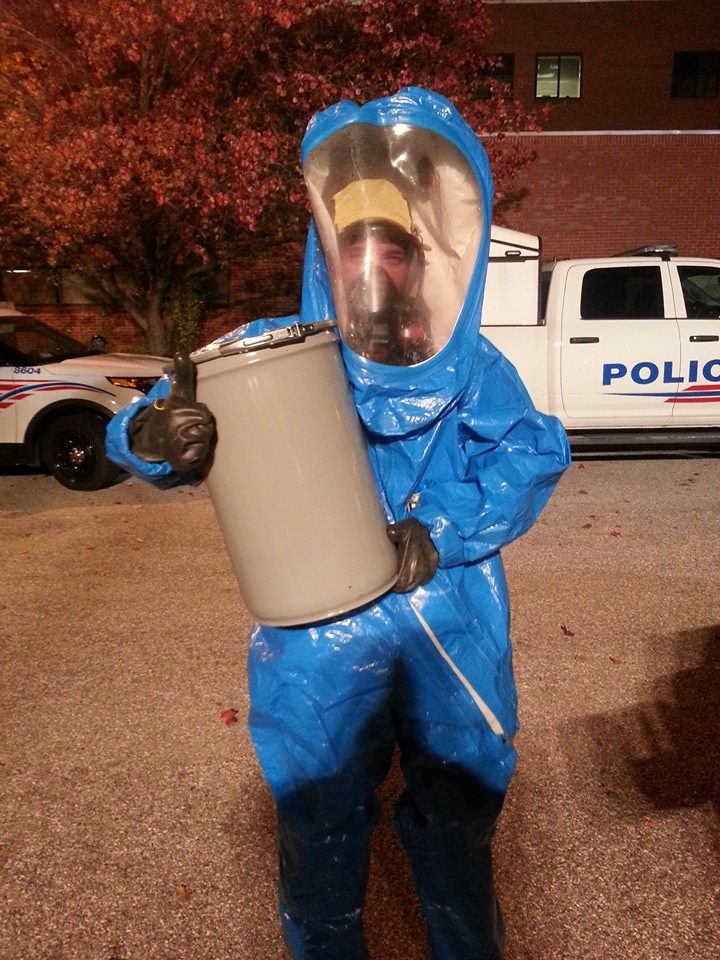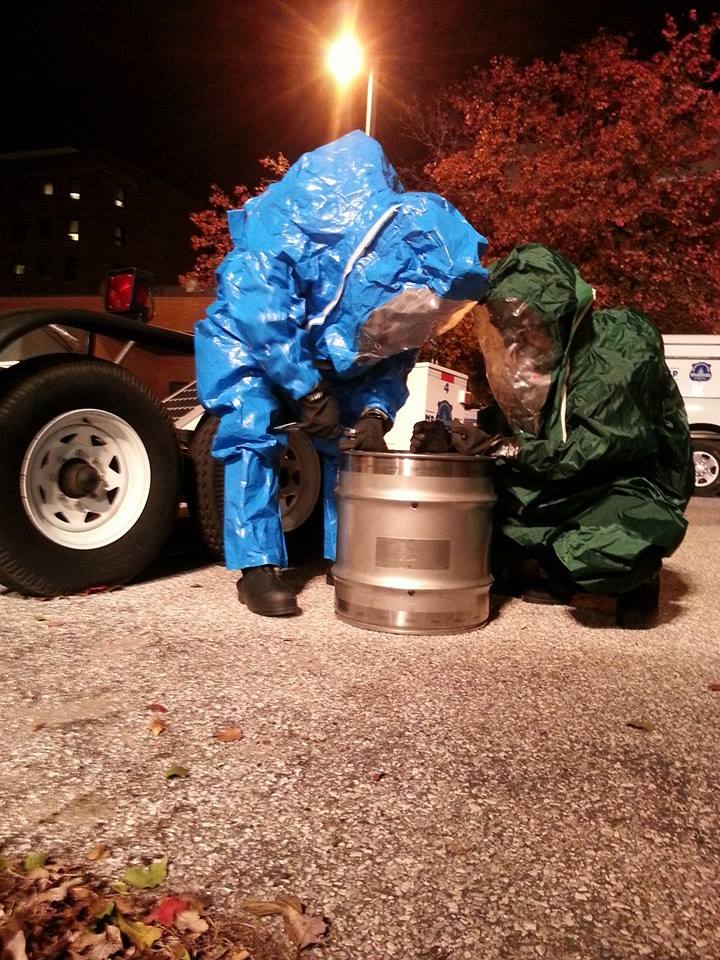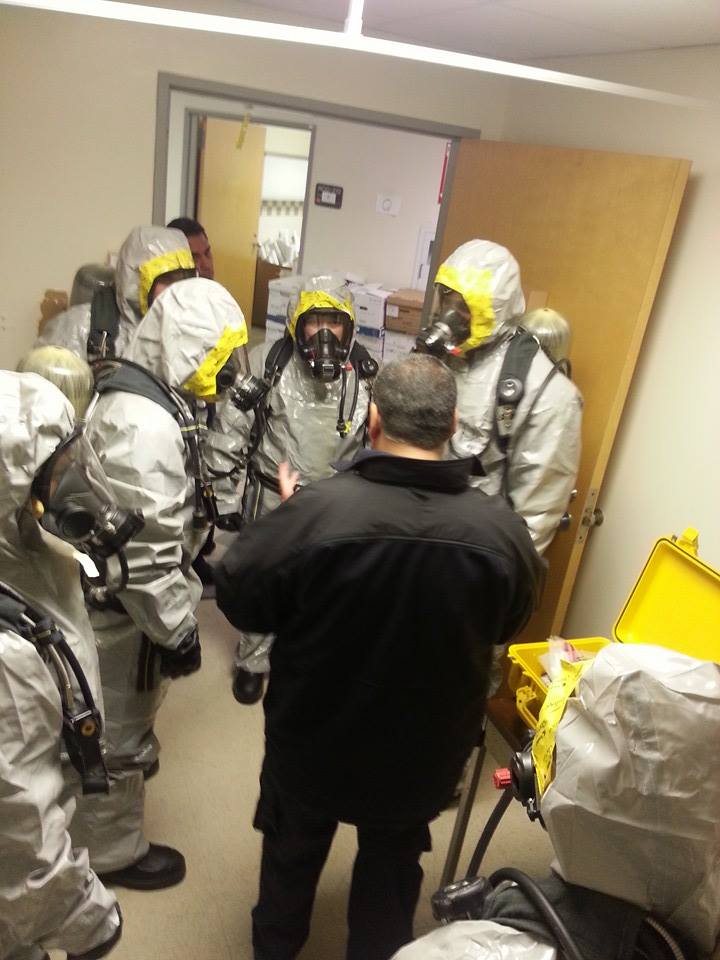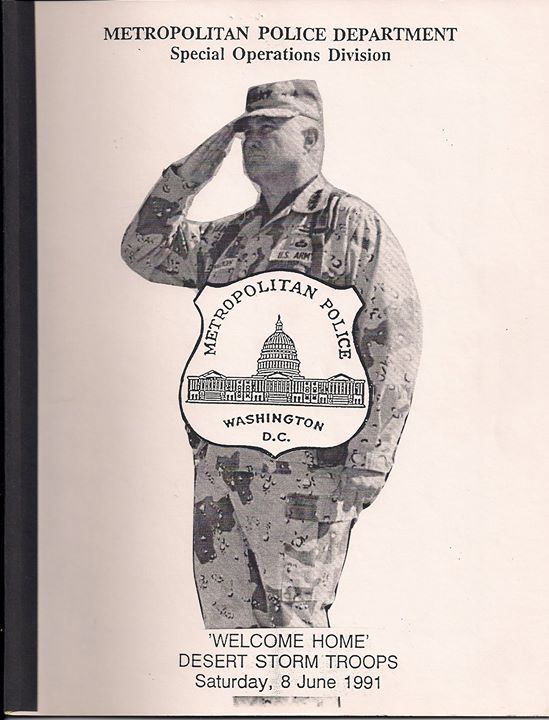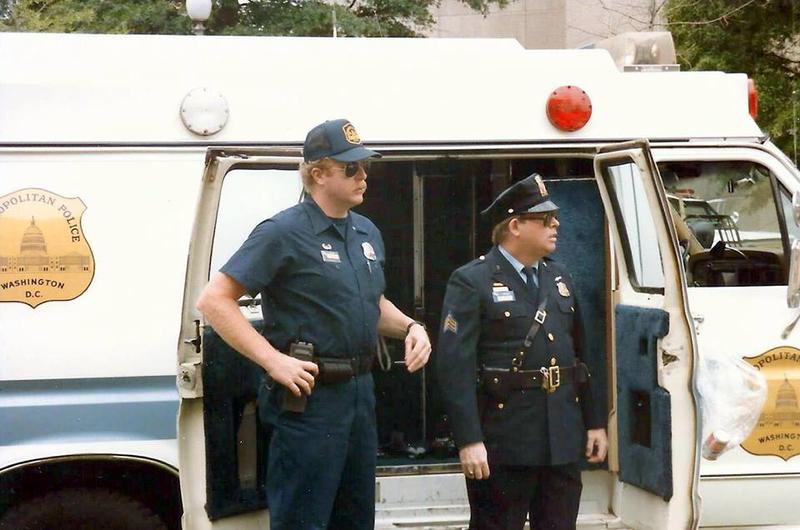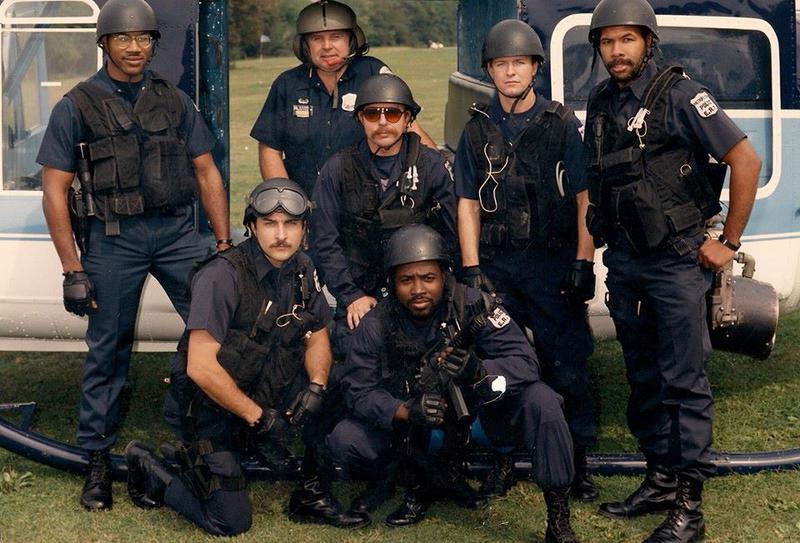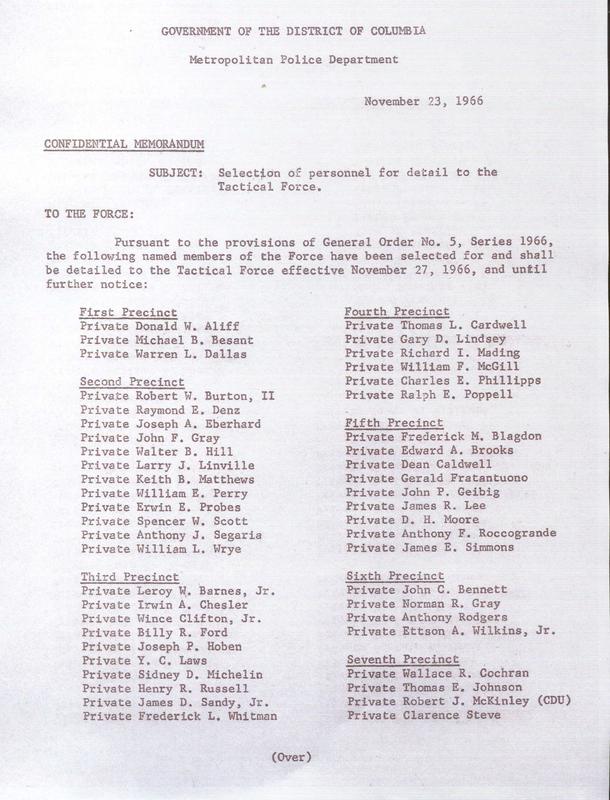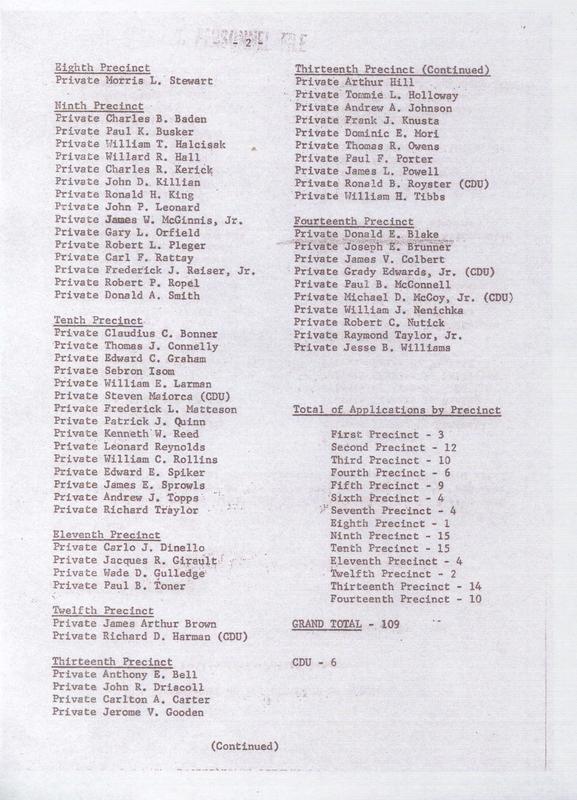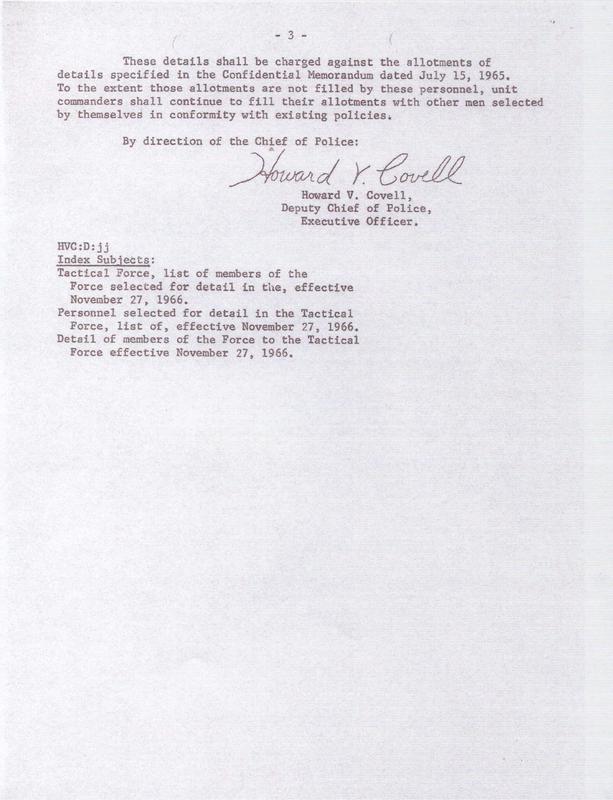Washington D.C. Metropolitan Police M.P.D.
Special Operations Division
(S.O.D.)
The "SPECIAL OPERATIONS DIVISION" is a unit that consists of several other units within the M.P.D. For several years a Lieutenant by the name of Vincent Jenkins ( a man way ahead of his time) had tried to create what was then called old clothes tactical squads. He headed up the first one which called the "5th Squad Tactical Squad" encompassing precincts #9, #12 and #14. For reasons many of us understood, Vince was not liked by his superiors. Eventually they broke up the tactical units and returned everyone back to their units. These Officers ( they were not considered Plainclothesman or Detectives, they worked with no additional compensation, paid for their own gas for their own private owned vehicles they used, and the only radio communication was a converter connected to the car radio which allowed you to monitor the police radio frequency KGA-885), returned to the 14th precinct. Jenkins was reassigned to the 9th precinct but continued to advocate the old plain clothes squad.
Eventually in the Spring of 1967 the department began what was simply called, "The Tactical Squad" made up of volunteers from both old clothes units (by this time there were other old clothes units in several other precincts), and uniformed officers. Everyone, to include officials were "detailed" to this newly created unit. Officers were told it was going to be run on a trial basis. There were around 200 or maybe a little more, officers detailed. The tactical unit was divided into two units, one for the East the other for the West. The East worked out of an old fire house at 1620 U Street NW while the West worked out of an old warehouse building in the 5200 block of GA. Ave. It was supposed to be made up of volunteers, but some of the precincts decided to unload their undesirables. That sort of backfired because the so called undesirables turned into hard working cops who just wanted to lock people up primarily for felonies. The old clothes units and uniformed officers worked together as a team. That was partly because they still did not have radios, but they did have primitive hand held walkie-talkies that could talk to each other. Officers were still relying on police converters connected to their car radios to monitor police radio calls. If help was needed officers had to rely on one of their marked scout units who they might have radio communications with. If this wasn't possible the officer would have to bring the prisoner to a police call Box. The K-9 was was part of the original group of guys assigned to the tactical squad. One would have to be a Precinct Detective before they could be assigned to a headquarters unit such as Robbery, Sex or Homicide Units.
Born on Date of January 1st, 1968
In December of 1967 we were told that effective January 1st, 1968 the new organization was officially being implemented and everyone would officially be transferred. That was when the official old clothes tactical branch, the uniformed tactical branch and the harbor unit were merged into one unit and the Special Operations Division, S.O.D. was born. Eventually the traffic division and the Helicopter Branch were brought into the S.O.D. At one point, S.O.D. was the largest unit within the department. However, the old clothes officers were never made plainclothes investigators or detectives nor did they receive additional compensation until the department began paying all officers clothing allowance which was around the mid 70's.
The S.O.D. officers typically made large numbers of felony arrests, including but not limited to weapons possession, drug possession, drug sales, assaults, dangerous weapons, robberies, and felony warrant services for the Criminal Investigation Division. In addition to the aforementioned, non uniformed S.O.D. officers also routinely planted banks, convenience and grocery stores from the inside or out. Before there were women in the Secret Service, the secret Service used women officers of the M.P.D. for dignitary protection in Washington D.C. ( A.H.-C).
About 1969 or 1970, the M.P.D. began to track crime on a daily basis by representative areas, with every city block having a number. At the M.P.D. these representative blocks were called Carney Blocks. Sgt. Michael Carney, who was assigned to the Communications Division designed the system, which proved to be timely and effective. Each complaint that came to the attention of the M.P.D. received a case control number (CCN). That CCN was assigned to the Carney Block number where the offense occurred, NOT where police may have responded to the call. This was before computers so pins were put in a large map, in the appropriate Carney Block, and everyone could see where the days developing crime patterns were taking place. Colors varied for types of crimes designated as part 1 by the F.B.I., and a different color for part 2 crimes or misdemeanors. As a result, S.O.D. became a large movable group of police officers, uniformed and not who would be movable immediately to an area where crime spiked, of where a civil disturbance of any type arose. S.O.D. preceded the Carney Block tracking system, but Carney Blocks provided a better way to distribute needed assets - Yesterdays specific language, put extra police where they were immediatly needed.
One Reserve Unarmed Police officer was assigned to the S.O.D. / C.D.U., Doctor Strong, the department head and a professor of Neurosurgery at the George Washington University Hospital - he was a volunteer assigned specifically to the S.O.D., at his request. Doctor Strong saved the life of Lewis Mattison, who had been shot in the head, using ground breaking surgery at the time. After removing the bullet Doctor Stong did not immediately completely attach the officer's skull plate, so the brain could swell, and then reduce the swelling, and then heal. Officer Mattison eventually returned to work, and subsequently , years later, retired. He was never allowed to wear his service revolver again but was assigned to duties that did not require one, he was the only sworn police officer in the District of Columbia who was granted this exception, (A.H.-C.).
Washington D.C. is the capitol of the United States and the seat of government for our nation. In the District of Columbia, while small, large, and massive demonstrations are well tolerated when peaceful, the executive, legislative, and judicial branches of our government cannot be shut down. When this potential exists, the Civil Disturbance Unit, C.D.U., was and will be activated, and will perform it's duties with minimum force required to manage the situation. Because of the M.P.D. our government will be able to govern, (A.H.-C.)
For context, The SOD has always been it's own division., separate and apart from any precinct. Components of SOD were uniformed officers, Harbor, Dignitary escorts,(motorcycles assigned to SOD not Traffic Division), later scooters, K-9, Bomb Squad, and Old Clothes Officers. O.C. officers were technically plainclothesman a different grade then detective.
One police regulation which applied to all non-uniformed M.P.D. officers was that when not in uniform, your service revolver had to be covered and not visible to the public. (A.H.-C)
S.O.D.
BlackSheep Productions 2009
1970: Anne Halcombe Clayton stands beside Owen Davis, then Commander of the S.O.D.
The above piece is the art work of Nils Westargard, his work can be seen on his web site at http://www.nilswestergard.com
The photographer of this picture is not known.
Lt Glover of the M.P.D. formally with the S.O.D. but currently the O.I.C. for the M.P.D. Motor Unit
Donations of any sort are appreciated and will never leave the collection.
Information and pictures about this unit would be helpful.
A 1972 Photo of the S.O.D.
Photo provided by the M.P.D.
A little S.O.D. training
A litlle S.O.D. brotherly Love.. maybe a little to much, lol
CpG
P.O. Box 911
Foxborough, Ma. 02035
S.T.A.T - 2011
S.T.A.T. Photos provided by:
____________________________________________________________________________
____________________________________________________________________________
Here is a 1970-80's Negotiation van for the M.P.D.C.
ERT 1989 reppel training. Inside Juno is Officer Fagen, back row, Greg Robinson, Robert McCready, Tom McCaffrey, Kevin Pope. Front row, Joe Massey and Darrel Blue.
M.P.D.'s First S.O.D. Unit - Provided by Don Blake retired MPD Lt.
